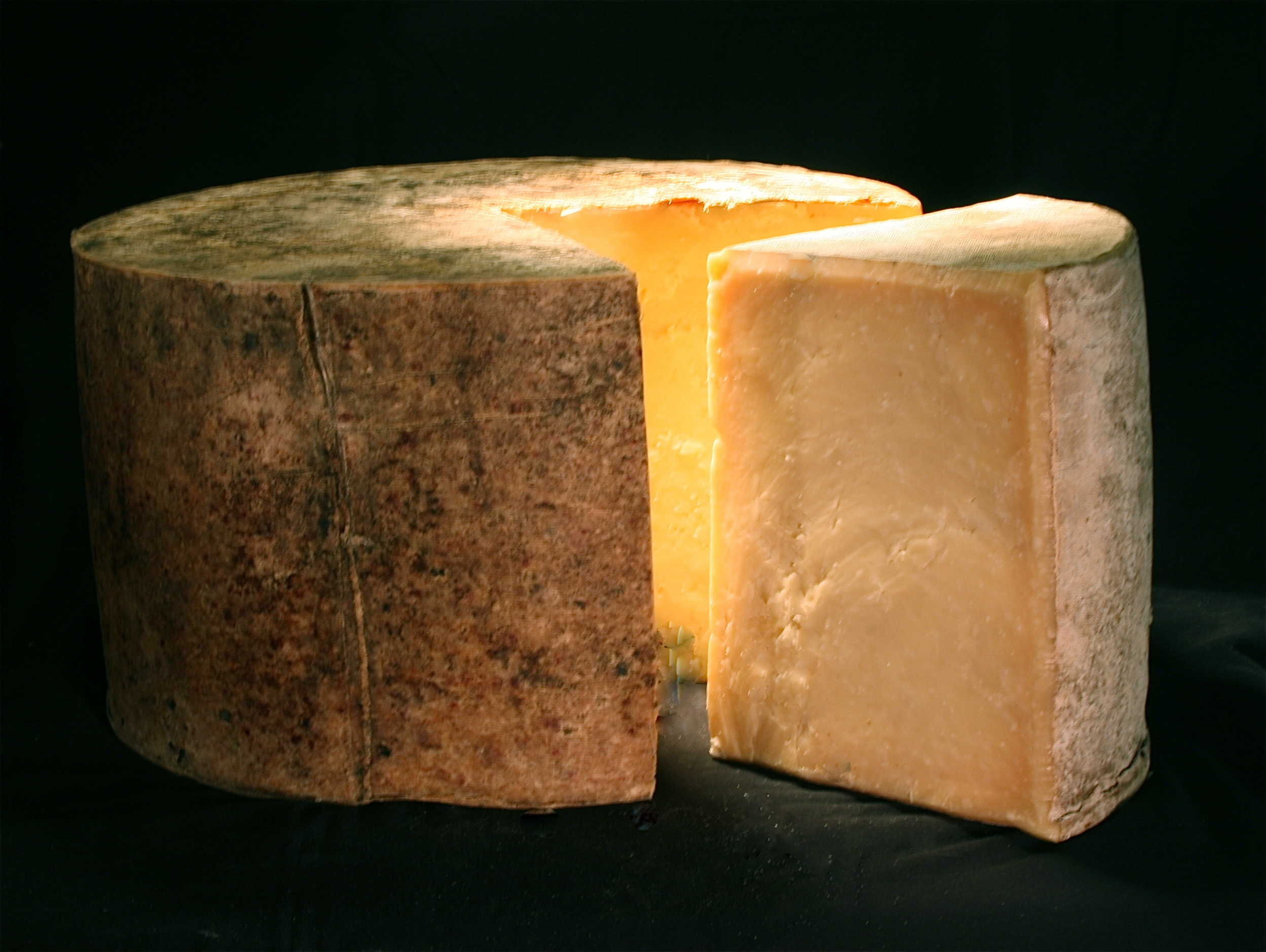
In this blog series, intern Rachel E. McLean explores her passion for cheddar. Read along as she discovers the history of cheddar, what makes it taste sharp, and more.
Did you know that some cheddars are naturally lactose free? Why is that? My first encounter with this concept was at a sustainability fair where I spoke with a representative from Cabot Creamery Co-operative who told me that many of their cheddars were naturally lactose free. They quickly explained that their natural cheesemaking process breaks down lactose in cheese as it ages. This blew my mind because I strongly associate lactose with milk and milk with cheese, so cheese had to have lactose, right?
What even is lactose? Lactose is a sugar that is present in milk, and is broken down into simpler sugars that can flow through your bloodstream. When people are lactose intolerant, it means they lack the enzyme that breaks lactose into those smaller, more easily absorbed sugars. Obviously, a major part of cheese is milk, so where does the lactose go?
In the cheddar making process, starter cultures are added to milk causing the milk to curdle, forming curds and whey. Whey is the liquid that drains off the solid curds, so it is known for being made up of mostly water. However, whey also contains additional nutrients drained off in the cheese making process. Whey from cheddar cheese usually contains 95% of the water, 96% of the lactose, 4% of the Casein protein, 93% of the whey proteins, and 50% of the salts originally found in milk before the cheddaring process.
That means there is still usually 4% of the starting milk’s lactose in the remaining curds; however, that lactose is eliminated in the natural aging process of the cheddar, when the bacteria in the starter culture really get to work. The bacteria in the culture consume the remaining lactose and break it down into lactic acid, which is easier to digest for those who are lactose intolerant. The processes similar to fermenting sugar in barley to brew beer.
“It’s just part of the science of making cheddar,” said Nate Formalarie, Cabot Communications Manager. “Cabot ages its cheddar anywhere from three months to five years, it is that aging process that allows the remaining lactose, which again is very little as most of it is in the whey, to be broken down…Our normal everyday process yields lactose free cheddars.“
How do you know what cheese is safe to eat, if you’re lactose free? According to Gordon “Zola” Edgar, author of Cheddar: A Journey to the Heart of America’s Most Iconic Cheese, if a cheddar is aged for longer than 9 months you can feel safe eating it. As far as which brands you can trust, Cabot does periodic tests on all its cheddars to be sure their cheese is fully lactose free. The best news about this discovery? More curd nerds can enjoy the miracle that is cheddar cheese.



